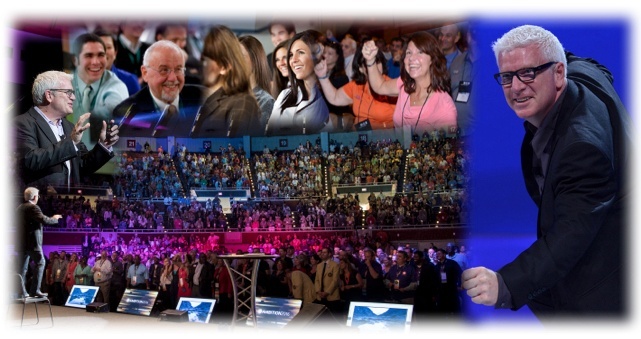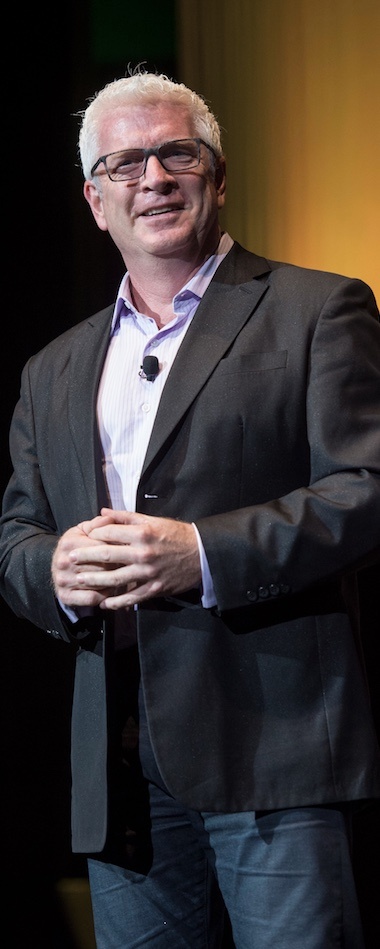Movember. A great cause for men’s health. BUT, every time I try to grow a moustache I look like an Amish version of Wolverine. So, I flirted with my own theme. Put the “No” in November. Therefore, say ‘no’ to French Fries for the entire month. Scrreeeech. Then, Josh Kaufman showed up.
Now it’s ‘Yesvember.’
Saying ‘no’ to something is a pretty easy concept to wrap your mind around. Just pick something and don’t do it. Don’t eat it. Don’t say it. Don’t believe it. Don’t buy into it. So, no french fries.
But “Yes?” That’s a whole lot like commitment.
Mr. Kaufman’s TEDx talk refocuses the 10,000 hours rule made famous by Malcolm Gladwell’s book, Outliers. Originally, research determined it takes 10,000 to be highly skilled and occupy the pinnacle of a specific vocation. But, as Kaufman explains, "like a giant game of telephone," the rule has morphed into a watered down version: “It takes 10,000 hours to be good at something.” Kaufman jumped on the TEDx soap box and explains how we are way off.
According to Kaufman, all you need are 20 hours to be acceptably good at anything. 20 hours of focused, targeted time and you're good. Not an expert, just good. Things like learning a language, playing an instrument, learning a new sport, learning a technical skill or selling a certain product or service. He argues the age-old learning curve of aptitude is very steep at the beginning. You start as grossly incompetent, then gain a great deal of ground in the first ten hours or so. Its not until the learning curve starts to plateau (flatten out), the gains become subsequently more difficult to get, and greatness comes thousands of hours later.
If you said yes to learn something this month, what would it be?
Lest you think this is a one-way 70 Second eBrief – here’s my offer to join you.
I pick learning Spanish. I’ve had the Pimsleur Spanish CDs for years. Time to stop procrastinating.
What do you choose?
Here’s how Kaufman suggests we approach our 20 hour challenge.
- Deconstruct the skill. Target the parts of the skill that make it work. For learning Spanish, what are terms and constructs most likely needed in conversations?
- Learn enough to self-correct. Being able to notice when you’re making a mistake and doing something a little different.
- Remove practice barriers. Use a little bit of willpower to remove distractions while you practice.
- Practice at least 20 hours. Get past the initial-frustration phase, into the quantifiable-gains phase.
Still not sure? Pick something that scares you. Parachuting doesn’t count. That just takes a few seconds.
- Pick something where you can test yourself.
- Stretch your preconceived notions.
- Face your fears.
Here’s to an adventure in your capabilities in Yesvember – or, as they undoubtedly say in Spanish, Si-vember.











